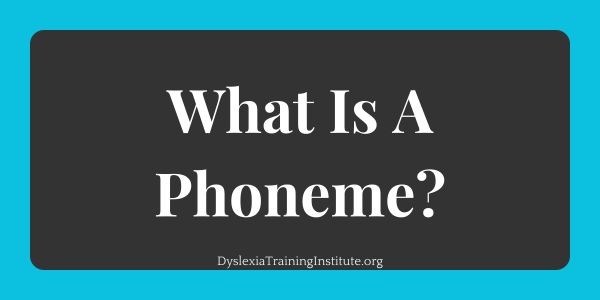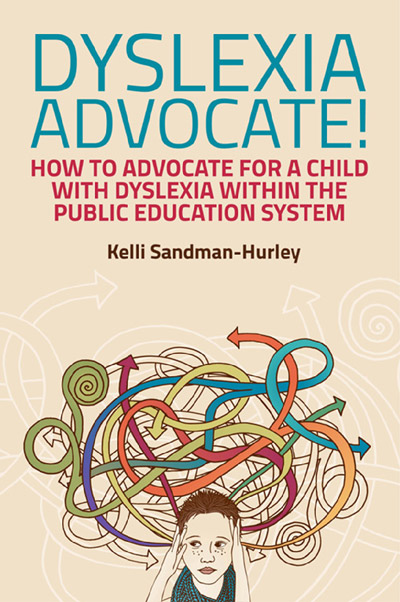Orton-Gillingham is an approach that adheres to the principles of Structured Literacy. It is an instructional approach (not a specific program) designed to help individuals with dyslexia improve their reading, writing, and spelling. In the 1930s, neuropsychiatrist and pathologist Dr. Samuel T. Orton and educator, psychologist Anna Gillingham developed the Orton-Gillingham which combined direct, multi-sensory teaching strategies paired with systematic, sequential lessons focused on phonics.
The key components of the Orton Gillingham approach include:
1
Multisensory Instruction
The Orton-Gillingham approach incorporates visual, auditory, and kinesthetic strategies and aids to help individuals with dyslexia internalize and understand what they are learning.2
Structured and Sequential
Orton-Gillingham lessons follow a sequential order, usually referred to as a progression, which requires the instructor to begin by teaching simple concepts and then move to more complex concepts which helps students build a solid foundation in language skills. Many OG-based approaches will teach six syllable types, spelling rules and strategies to read and spell sight words.3
Individualized and Flexible
The Orton-Gillingham approach is responsive to the specific needs of each learner and instruction is adjusted accordingly. Trained educators tailor instruction based on ongoing informal assessment.4
Explicit Instruction
Orton-Gillingham provides explicit direct instruction and focuses on explicitly teaching individuals to understand the rules and patterns of English.5
Diagnostic and Prescriptive
The Orton-Gillingham approach requires ongoing assessment and adjustment of instruction based on the student's progress.


